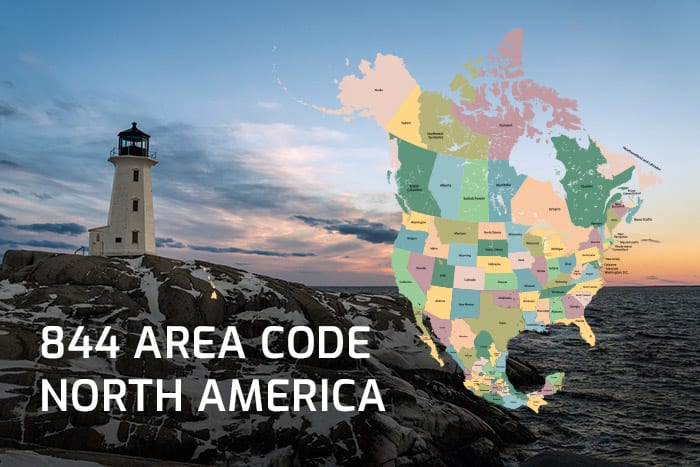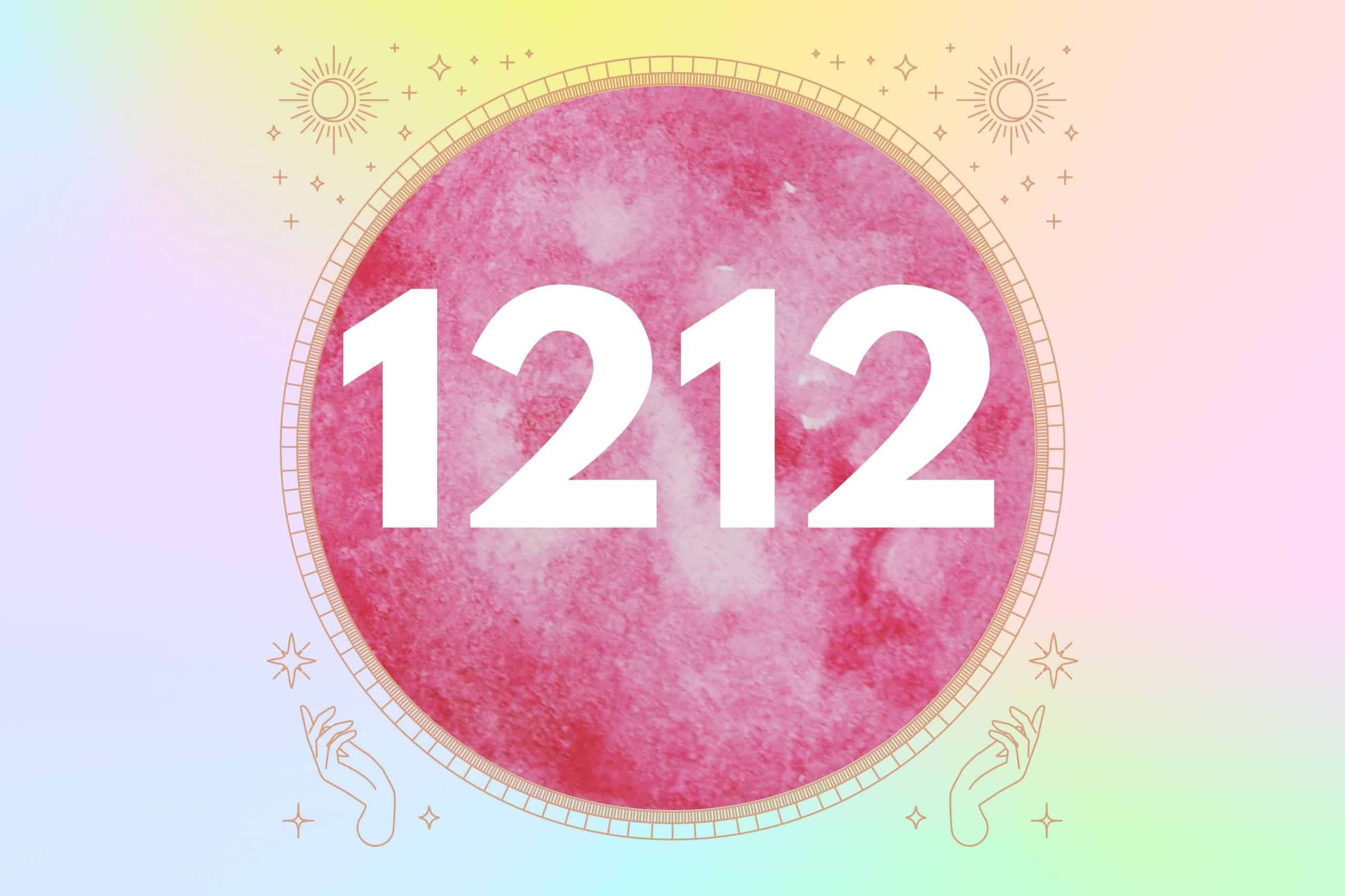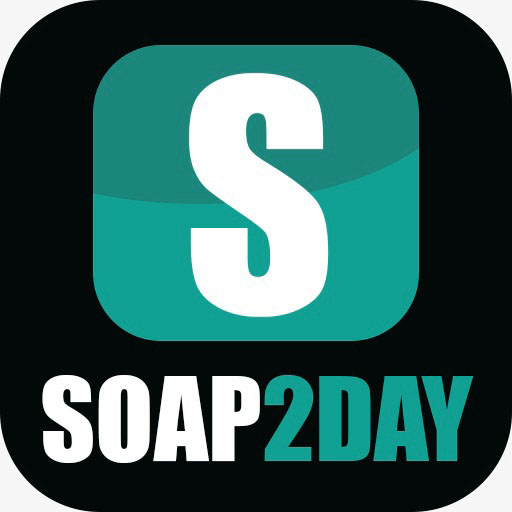The 844 area code is a relatively new addition to the North American Numbering Plan, having been introduced in 2013. However, despite its recent appearance, this area code has already caused some confusion and speculation among consumers and businesses alike. Some have even suggested that the 844 area code may have sinister origins or hidden meanings. In this article, we will delve into the history of the 844 area code and explore its significance in today’s telecommunications landscape. By unraveling the mystery of this enigmatic area code, we hope to provide clarity and understanding for those who may be puzzled by its existence.
Understanding Area Codes: What Are They and How Do They Work?
The 844 area code is a North American toll-free area code that was introduced in 2013. It is assigned to businesses and organizations that offer customer service or support free of charge. Toll-free numbers allow customers to contact a company without incurring long-distance charges, making it an attractive option for companies with a national reach.
The introduction of the 844 area code was necessary due to the high demand for toll-free numbers. The existing codes, such as 800, 888, and 877, were running out of available numbers. The addition of the new code allowed more businesses to obtain a toll-free number while still maintaining the recognizable format of three digits followed by seven digits.
It’s important to note that while calls made to a toll-free number are free for callers, they are not necessarily free for the business receiving them. Instead, the cost is typically absorbed by the business through their phone service provider or third-party call center. Overall, understanding area codes like 844 can help individuals navigate phone systems and make informed decisions about contacting businesses and organizations.
The Significance of the 844 Area Code: Where is it Located?
The 844 area code is a toll-free number in North America, used by businesses and individuals to establish a nationwide presence. It was introduced in 2013 as an overlay for the existing 800, 888, 877, and 866 toll-free numbers. The area code covers all states in the United States and parts of Canada.
The significance of the 844 area code lies in its convenience for businesses that want to expand their customer base across different locations without having to worry about long-distance charges. It also allows individuals to make free calls to businesses or services that have a toll-free number starting with the code. In addition, it provides an alternative option for those who are unable to get a specific local phone number due to unavailability or high demand.
Overall, the introduction of the 844 area code has made communication more accessible and cost-effective for many individuals and businesses across North America. Its widespread coverage ensures that anyone can reach out to companies or service providers without any geographical limitations or additional expenses.
Unveiling the History of the 844 Area Code: Origins and Evolution
The 844 area code is one of the newer codes in North America, having been introduced in 2013 as an overlay for existing area codes. The purpose of this new code was to meet the rising demand for telephone numbers and provide relief to other congested area codes. However, it is not entirely clear where the number “844” came from or what significance it holds.
Looking back at the history of area codes in North America, we can see that they were first introduced in 1947 as a way to divide regions into distinct calling areas. At that time, there were only 86 original area codes, which covered all of Canada and the United States. Over time, as populations grew and telephone usage increased, more and more area codes were added to accommodate this growth.
Today there are over 300 area codes in North America alone. While some have become synonymous with specific regions or cities (such as 212 for New York City or 310 for Los Angeles), others remain relatively unknown and unexplored – including the enigmatic 844 code. Despite its obscurity, however, this code plays an important role in keeping North Americans connected through their telephones and devices.
The Coverage Area of the 844 Code: Which Cities and Regions Does it Include?
The 844 area code is a toll-free code that was introduced in 2013 as an alternative to the existing toll-free codes such as 800, 888, and 877. It covers a wide range of cities and regions across the United States and Canada. Some of the major cities covered by the 844 code include New York City, Los Angeles, Chicago, Houston, Philadelphia, Phoenix, San Antonio, Dallas, San Diego, and San Jose.
Apart from these major metropolitan areas, the 844 area code also covers numerous smaller towns and communities throughout both countries. In addition to its coverage in North America, it can be used for businesses operating internationally who want to provide a free customer service phone number for customers in other countries.
Overall, the coverage area of the 844 area code is extensive and growing constantly as more businesses adopt it as their preferred toll-free option. As such it has become increasingly important for consumers to be aware of its existence when searching for customer support numbers or dialing a business number prefixed with this number.
Also Read: Soap2day
The 844 Area Code and Telephone Services: Providers and Options
When dialing an 844 area code, you might be wondering what it means and where the call is going. The 844 area code was introduced in December 2013 as a toll-free number that would not replace any existing toll-free numbers, such as the well-known 800 number. A toll-free number allows callers to make long-distance calls without incurring any charges.
Several telephone service providers offer options for using the 844 area code, including AT&T, Verizon, and T-Mobile. These companies offer plans that include unlimited calling within the United States and Canada or provide international calling options at additional costs. Additionally, there are virtual phone system providers like Grasshopper and RingCentral that allow businesses to use an 844 number for their customer support lines without having to purchase a traditional phone line.
Overall, understanding the purpose of the 844 area code and exploring different telephone service providers can help individuals make informed decisions when choosing a phone plan or setting up a business line.
Dialing Procedures for the 844 Area Code: How to Make Calls Within and Outside the Region
When it comes to dialing procedures for the 844 area code, there are a few things you need to keep in mind. If you’re making calls within the region, all you need to do is dial the seven-digit phone number as usual. However, if you’re calling outside of the 844 area code, you’ll need to use the proper long-distance dialing procedure.
To make a long-distance call from within the United States or Canada, start by dialing “1” followed by the three-digit area code and seven-digit phone number. For international calls, start with “011,” then enter the country code and phone number.
It’s also important to note that some cell phone providers may require additional digits when making long-distance calls or calling outside of their coverage area. Be sure to check with your provider for specific instructions on how to make these types of calls. Overall, understanding these dialing procedures can help ensure that your calls are properly connected regardless of where they’re going.
Identifying Caller Locations: How the 844 Area Code Appears on Caller ID
The 844 area code is a toll-free number that was established by the North American Numbering Plan (NANP) in 2013. It covers the entire United States and Canada, making it easy for businesses to reach their customers nationwide without incurring long-distance charges. When receiving a call from an 844 number, it will appear on caller ID as a toll-free call with no geographic location attached.
While the 844 area code itself doesn’t reveal any location information, there are ways to determine where a call is coming from. For example, some phone service providers offer advanced caller ID features that can display the city and state of incoming calls. Additionally, websites like Whitepages or Spokeo can provide more detailed information about callers based on their phone numbers.
Despite its lack of location information, the 844 area code has become increasingly popular among businesses due to its convenience and accessibility. In fact, it’s often used as an alternative to the more well-known 800 area code because it offers more available numbers and doesn’t carry any negative connotations associated with telemarketing or scams. Overall, while identifying caller locations with the 844 area code may require additional resources beyond just looking at caller ID alone, it remains a useful tool for businesses looking to connect with customers across North America.
The Impact of the 844 Area Code on Businesses: Marketing and Branding Considerations
The introduction of the 844 area code has had a significant impact on businesses’ marketing and branding considerations. Companies have had to update their contact information, promotional materials, and online presence to reflect the new area code. This process can be costly and time-consuming for businesses with established brand recognition in their local markets.
In addition to updating physical and digital assets, businesses must also consider how the 844 area code may affect customer perception. Some customers may associate unfamiliar area codes with telemarketing or spam calls, leading to hesitation or avoidance when dialing a new number. Therefore, businesses must work to assure customers that the new area code is legitimate and trustworthy.
Overall, while the introduction of the 844 area code may present challenges for businesses in terms of rebranding and customer perception, it also provides opportunities for differentiation and innovation in marketing strategies. Companies that effectively adapt to this change can enhance brand awareness and establish themselves as leaders in their respective industries.
Potential Scams and Fraudulent Calls: Staying Vigilant in the 844 Area Code
Potential scams and fraudulent calls are a growing concern in the 844 area code. While this area code is used by legitimate businesses, scammers have also been known to use it as a cover for their illegal activities. They may pose as government agencies, financial institutions, or even charities to trick people into giving away sensitive information or money. To stay vigilant, it’s important to be wary of unsolicited calls and always verify the identity of the caller.
One common tactic that scammers use is to create a sense of urgency or fear to pressure their victims into acting quickly. For example, they may claim that there is a problem with your account or that you owe money and must pay immediately to avoid legal action. It’s important not to let these tactics sway you and always take the time to investigate before making any payments or sharing personal information.
If you receive a suspicious call from the 844 area code, don’t hesitate to hang up and block the number if possible. You can also report any fraudulent activity to the Federal Trade Commission (FTC) or your local law enforcement agency. By staying vigilant and taking action against potential scams and frauds in the 844 area code, we can help keep ourselves protected from these threats.
The Future of the 844 Area Code: Changes and Updates to Expect
The 844 area code was first introduced in December 2013 as a toll-free code for the United States and Canada. Since its inception, the 844 area code has seen a steady increase in usage, with more businesses and organizations adopting it for their customer service lines. However, with the rise of digital communication, many experts predict that the use of traditional phone numbers may decline in favor of internet-based communication platforms.
In terms of updates and changes to expect for the 844 area code, there are currently no major ones on the horizon. The North American Numbering Plan Administration (NANPA) periodically reviews and adjusts area codes to meet demand, but at present there is no indication that new codes will be added or that existing ones will be split or overlaid. Nevertheless, it is important to keep an eye on any developments regarding this issue as technology continues to rapidly evolve.





